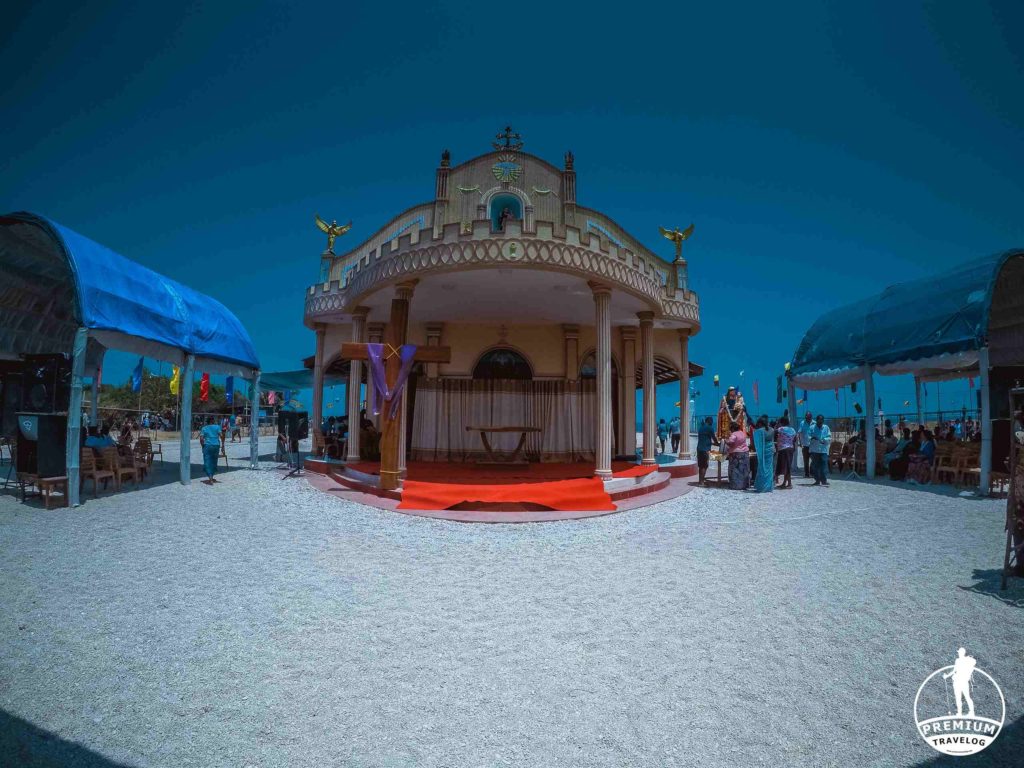
Katchatheevu Island is now Sri Lankan naval base, and no civilians are allowed there, except for 2 days and 1 night, allowing pilgrims and travelers for the island church’s annual St. Antony’s festival.
The St. Anthony’s sacred Church, on Kachchativu Island which locates in close proximity to Indo-Sri Lanka Maritime Boundary Line and owned by Sri Lanka, has long been the pinnacle of reverence of both Indian and Sri Lankan Catholic devotees. Giving precedence to customary rituals, the annual feast of the St. Anthony’s Church was celebrated in the morning today (16th March) 2019, on a successful note. This year’s feast marked the third of its kind conducted upon the completion of new church by the Sri Lanka Navy. As usual, Sri Lanka Navy assisted the Bishop of Jaffna and District Secretary-Jaffna for organizing this year’s feast too.
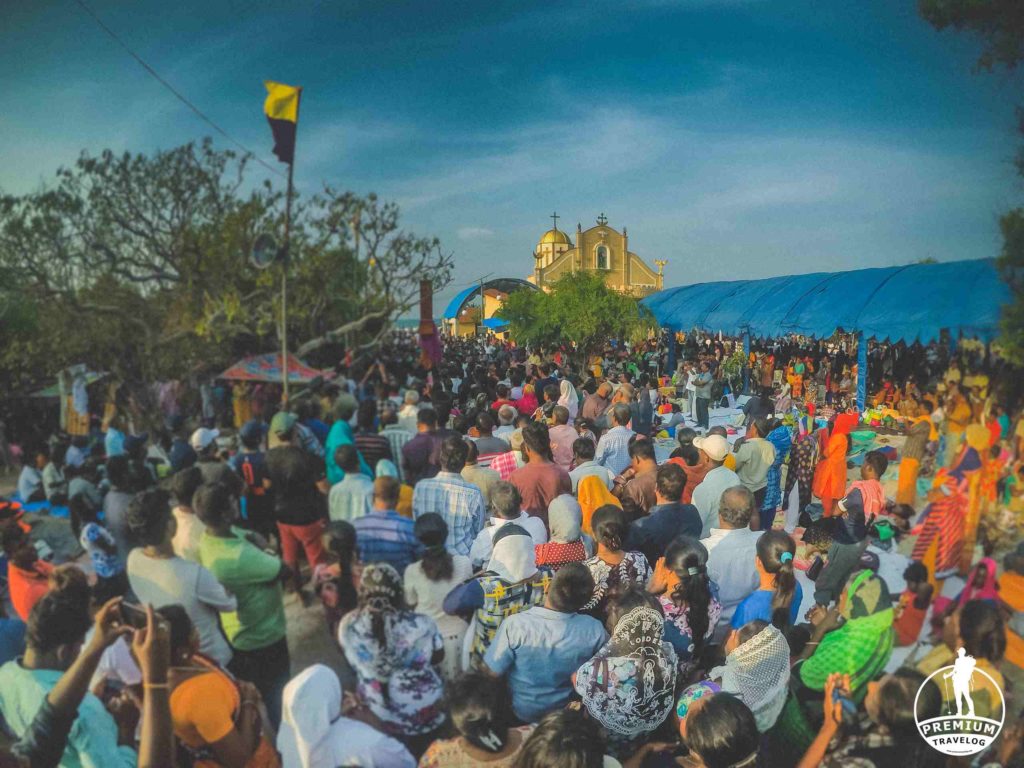
The Feast Mass was conducted in both Tamil and Sinhala languages. The Tamil Mass was conducted by Revd. Father Joshep Lurduraj of India while Sinhala Mass was conducted by Revd. Father Robinson Wijesinghe. The sacred occasion was attended by the Bishop of Jaffna, His Lordship Rt. Revd. Dr. Justin Gnanapragasam, Indian Council General in Jaffna Mr. S. Balachandran, Chief of Defence Staff Admiral Ravindra Wijegunaratne, Commander of the Navy Vice Admiral Piyal De Silva, Commander Northern Naval Area, Rear Admiral Meril Wickramasinghe, Senior Naval officers and a large number of Tri Forces and Police personnel. Apart from that, 6,500 Sri Lankan Catholic devotees and about 2100 Indian devotees with Catholic dignitaries including sisters were in attendance.
Sri Lanka Navy initiated the process of assistance into annual Kachchativu feast in coordination with the Bishop of Jaffna and District Secretary-Jaffna from first week of last February. Accordingly, Sri Lanka Navy provided meals and all infrastructure facilities, including electricity, installation of sanitary and drinking water facilities. Temporary jetties were made ready for people to secure their boats conveniently, and special SLN lifesaving teams and a medical team with a doctor were deployed to ensure the safety of the devotees attending the annual festival.
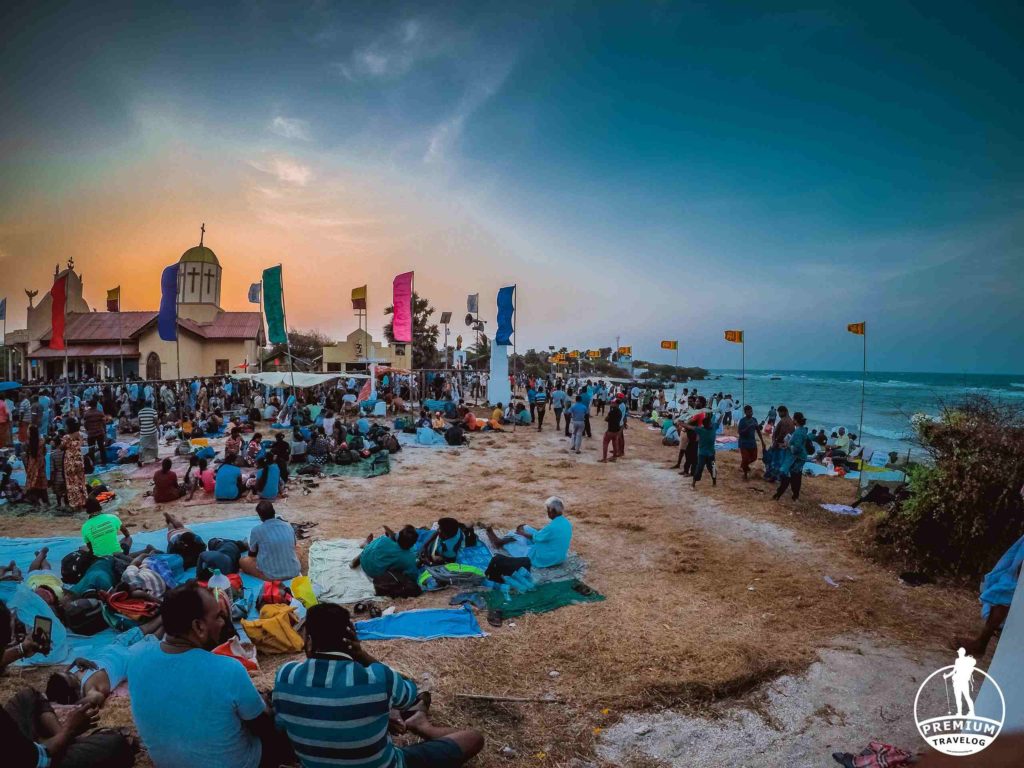
we were soon strolling over sandy pavements towards the catholic shrine. On both sides of our path were temporary stalls set up by Sri Lankan vendors, trying to sell anything from Sri Lankan red tender coconuts to tea, water, drinks, clothes, handicrafts, toys, pickle, soaps, perfume, etc. They were especially keen to sell items to Indians, as they knew that Indian money had better value than Sri Lankans and they can use this opportunity to collect some and profit. The total island itself is about 1sq km. And almost nearly a km’s walk for 30 minutes we reached St. Antony’s shrine, located at a small hillock surrounded by sea with clear blue waters and pristine sand. It was small, but a beautiful church, decorated with flower and lightings and candles, and many felt some divinity and serene atmosphere, although we were about 5000 of us in small 1sq km island, going nowhere until we will be permitted to sail back, only next day afternoon. We had to bath in the sea, sleep with other thousands on the ground with sandy grass and rocks with open sky anywhere surrounding the shrine. There was a mass in the evening and went on for hours. The next one was in the following morning. Sri Lankan authorities and the church had arranged free dinner lunch and breakfast packages to everyone in that Island. This visit was my 1st one, but many who had been there in previous years had better arranged their stay, like they had brought tents to shelter from open sky and wind from the sea. However I thought, they had somehow smuggled liquor which was prohibited, but conveniently hidden in water bottles and they had helped themselves inside tents.

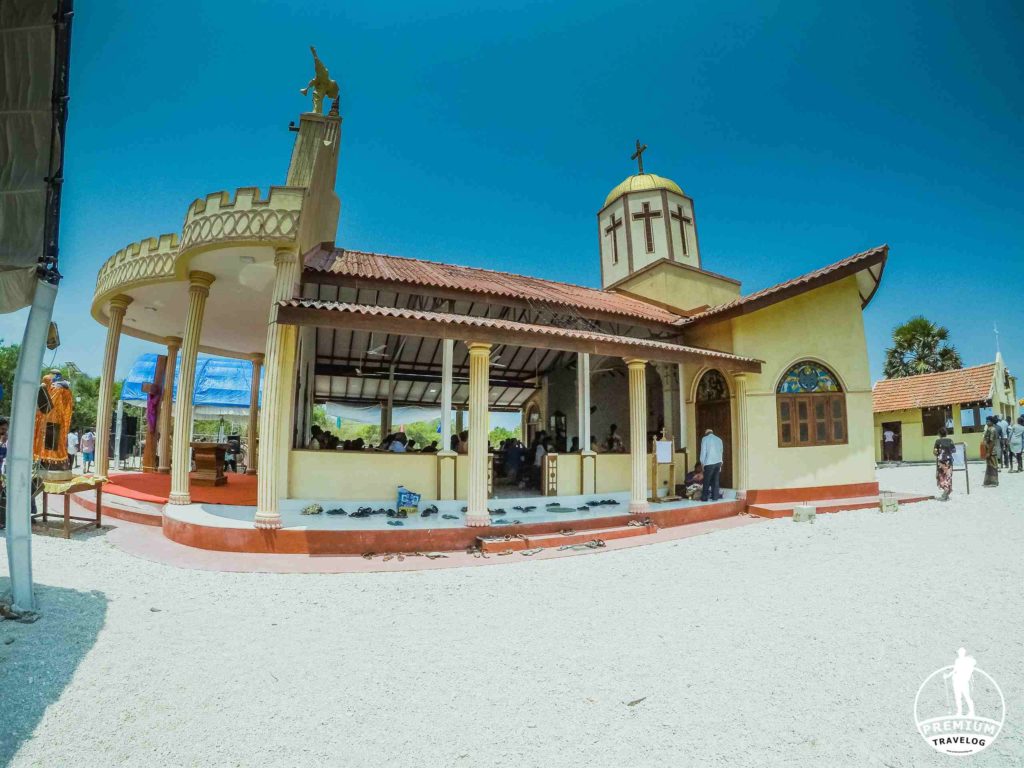
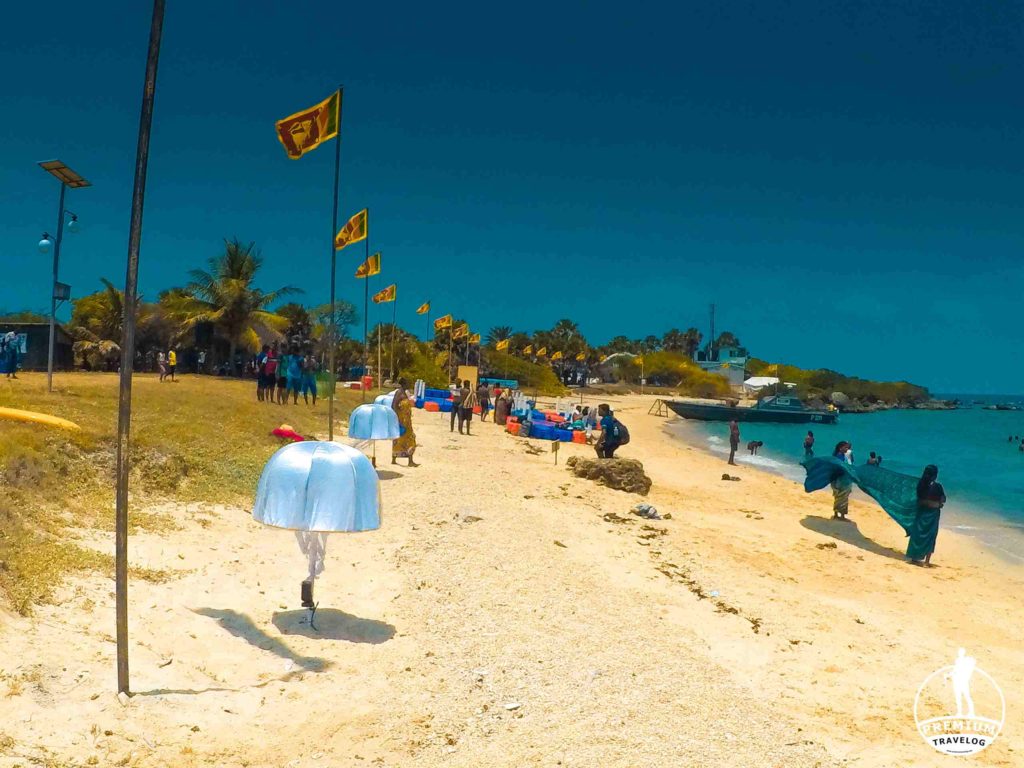
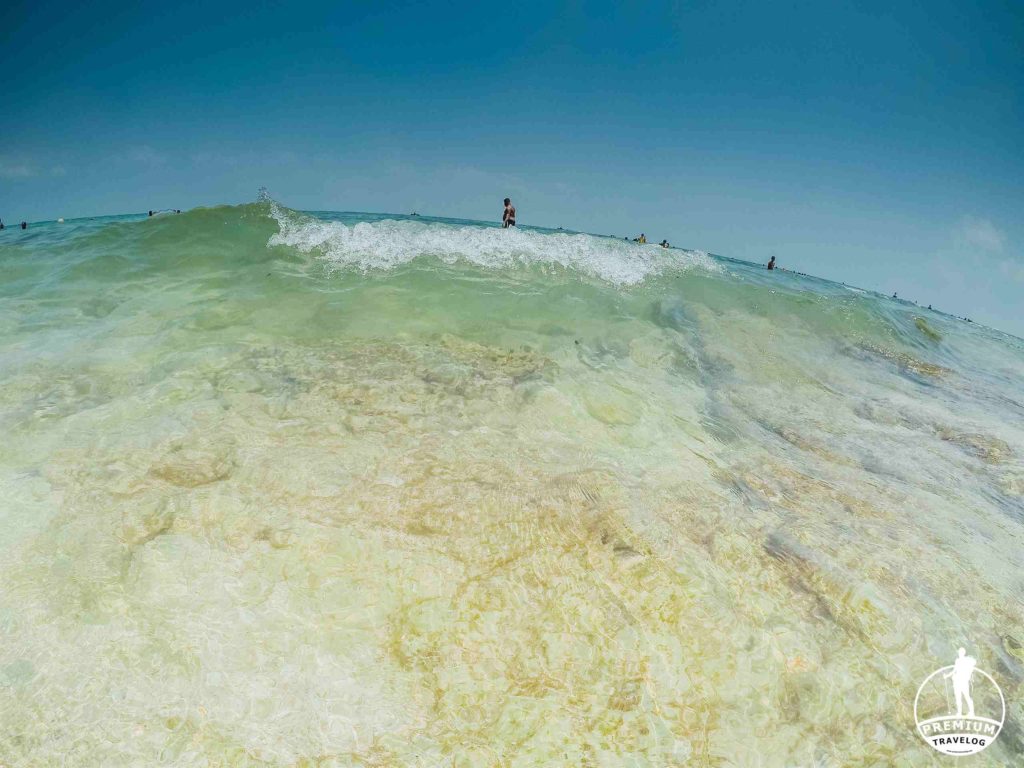
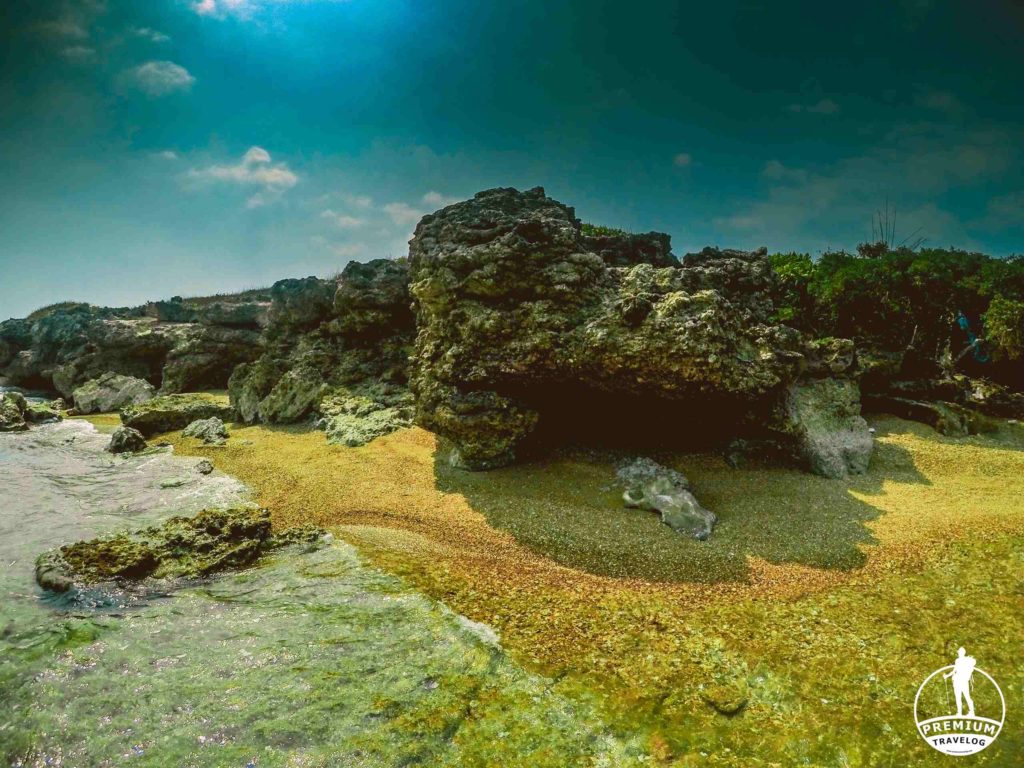
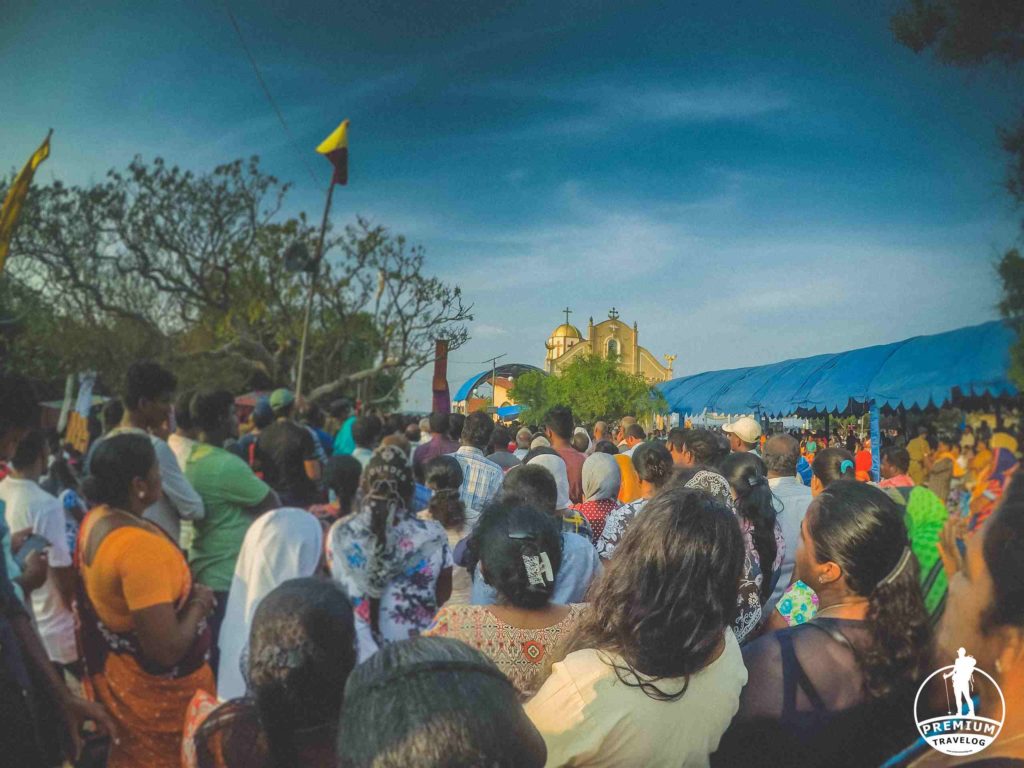
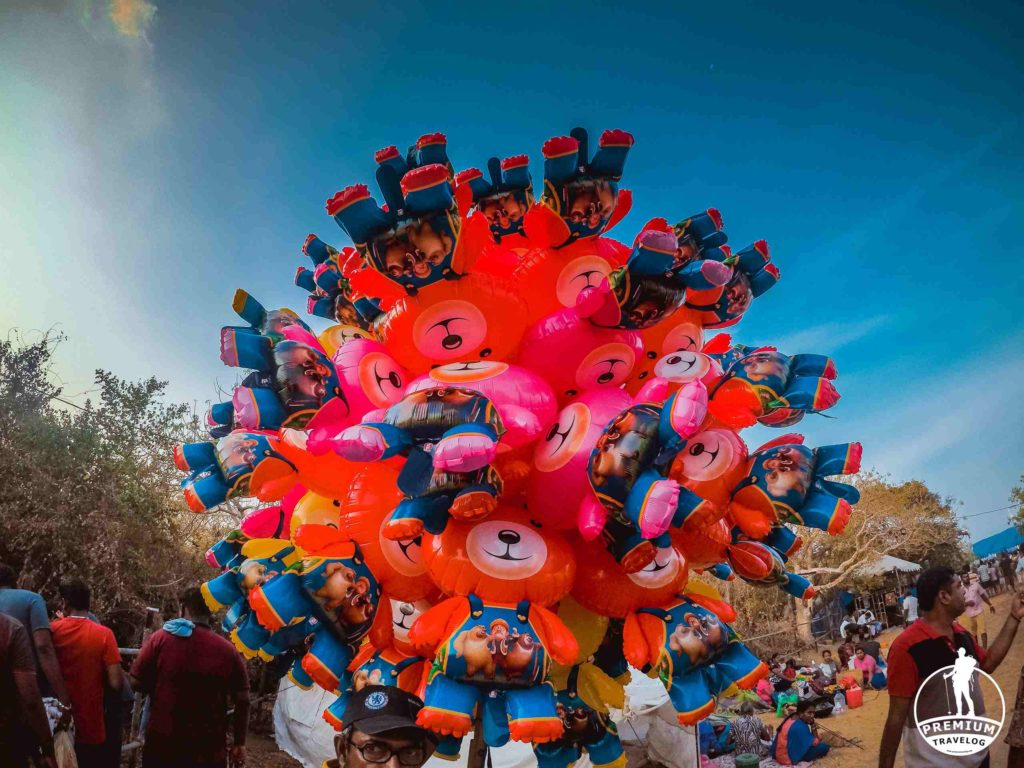
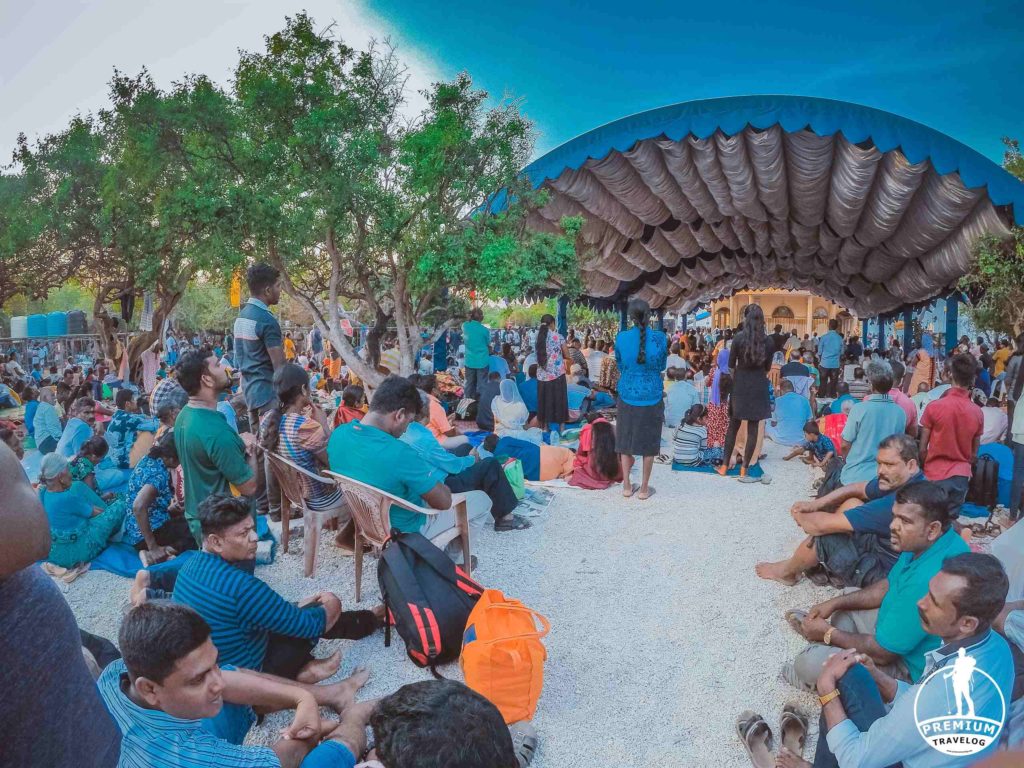
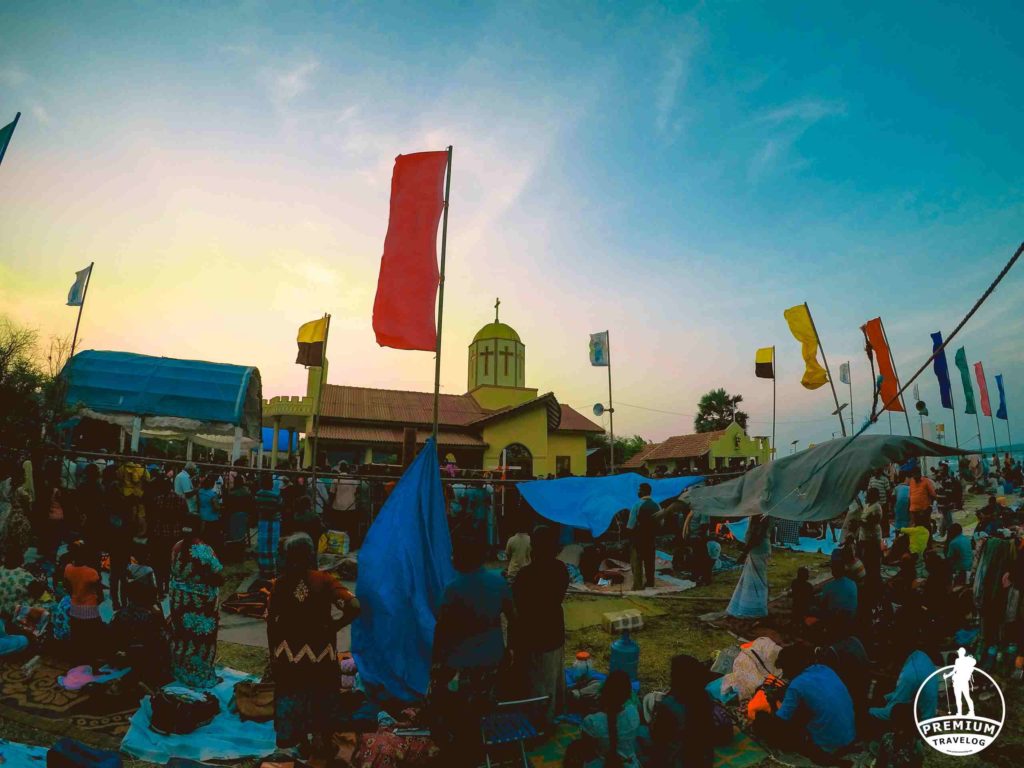
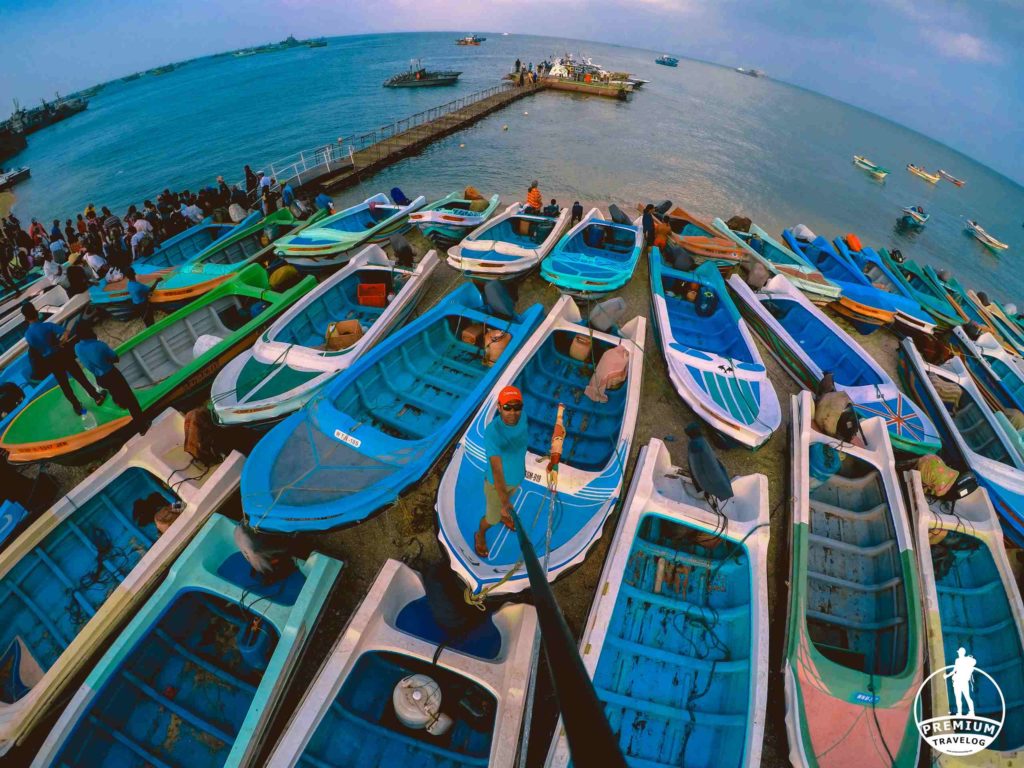
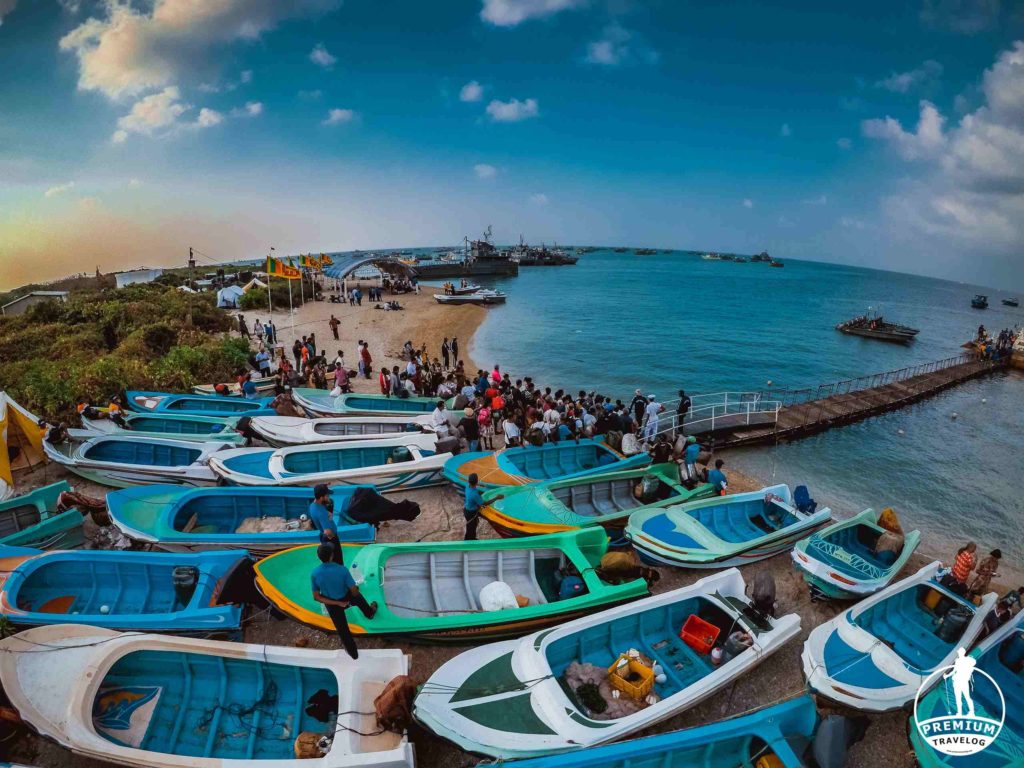
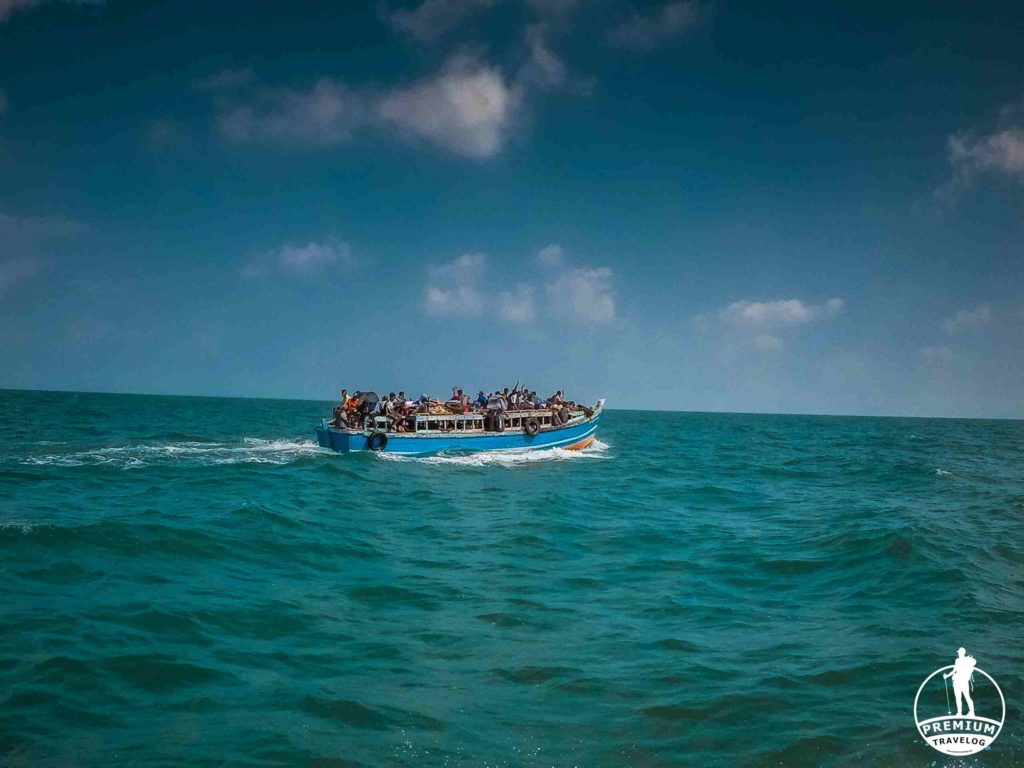
Recent Comments
Anusha
4 years ago